Over the course of three visits to Singapore, I’ve been introduced to a whole new world of flavours, cuisines and preparations. On this trip, I decided to try something new every day and write about it here on Magic Marinade.
Singapore is the eighth most expensive city in the world, but its hawker centre almost acts like a great equaliser, bringing it on par with street and local fast food in most other countries. You could easily have an immensely satisfying meal well within S$5 here.
Around the 19050s/60s, Singapore’s street food culture transitioned from hawkers (who were unlicensed and unregulated, as hawkers are meant to be) to more controlled and standards-enforced hawker centres. The city is also dotted with food courts (in malls and independent spaces), which emulate the hawker centre format of a variety of stalls with a common seating area.
There is also a massive cultural variety of cuisines (which comes from the massive cultural variety in its peoples, of course). This isn’t an entirely exhaustive list, but I’ve tried to cover as many new things I’d come across in my days here.
1. Pork Bao and Har kau
One of the first things that caught my eye on my first visit to a Kopitiam was the Pork Bao (or Cha Siu Bao). These are pillowy soft buns made with wheat (I originally thought they were made with rice flour, but they wouldn’t be as fluffy and light if they were, the Idli, for example, is about as light as it usually gets).
The buns are filled with Cha Siu (barbecued) pork and steamed until they’re really fluffy. The dough is actually a little sweet, which complements the barbecued tang of the pork beautifully. These are usually available at the dumpling stall, so I also ordered a set of prawn dumplings (Har kau, or har gow) to go with it. This is a pretty light meal, so would work best as a snack or light breakfast.
2. Bak Chor Mee (Mincemeat noodles)
To make a Bak Chor Mee, minced pork, pork slices, mushrooms, fish and chicken balls (balls of fish and minced chicken, just to be clear), prawns (one, in the specific case of the Bak Chor Mee I had), tofu puffs (which I am told substitutes for a healthier alternative to fried lard) a slice of abalone, since I ordered an abalone Bak Chor Mee, are all tossed together with noodles in a special sauce made with chilli, oil, vinegar, soy and pepper. The sauce of course has more to it than just these elements, but they do form the backbone of the flavour of it.
3. Or Luak (oyster omelette), Satay beef and chicken
“Makansutra Gluttons Bay” is a quite appropriately named open air hawker centre set against the background of Marina Bay, right by the Esplanade Hedgehogs/Durians/SpottyBuns. The place was so full that I had to take the picture you see above on a park bench under a streetlight.
Or Luak consists of a glutinous oyster and omelette cooked in the most unique (and coronary inducing) way I’ve ever seen an omelette being made. Beaten egg is sprinkled into a shallow but large puddle of hot oil and tossed to the point of just being cooked. Potato starch is also added to the egg to make things firm and yet a special sort of gooey (not in a bad way at all), along with the oysters. The flavour combination of oysters and omelette is one that is entirely new to me, but works so well together.
In addition to this, I also ordered an assortment of beef and chicken satay sticks which came with the biggest bag of dipping sauce ever (regrettably not pictured above). The best of the two was the beef, which was exceptionally tender. Drowned in sufficient (actually copious) amounts of peanut sauce, it is the sort of flavour composition that is best experienced with eyes closed.
The flavour of sugarcane juice is something I’ll always associate with home (Bombay, especially), so the glass of sugarcane juice with a dash of lime was like a little dose of familiarity amongst all these wonderful new flavours.
4. Curry Puff
Not all my culinary experiences in Singapore occurred in hawker centres or restaurants. I picked up this curry puff at a little convenience store, en route to a music festival. The curry puff is exactly what it sounds like, chicken and potatoes in a curried sort of medium, suspended in puff pastry. If I wanted to be pedantic about it, I’d draw attention to the un-curry-ness of the curried chicken, but this was never meant to be chicken curry in a puff but a mildly spicy snack that’s meant get your fingertips just a little bit greasy.
5. Cuttlefish Porridge
Chinese porridge isn’t made from oats, but is in fact mainly constituted of rice. This actually makes it closer to Kanji, from Kerala (a minimal preparation of boiled rice and water, usually consumed when sick and healing as it is easy to digest). In fact it is also called “Konjee” in some parts here. There were a variety of porridges available at the porridge-stall I had this at (at a hawker centre in the Chinatown Market & Food Centre)— the one I originally wanted to try was the Century Egg Porridge (which is a preserved duck egg which isn’t actually a hundred years old, they exaggerate), which was served along with pork and other things, but in the interest of trying out a new variety of seafood for the first time, I went with cuttlefish instead. The other options available were fish slices, egg, chicken and pork. The consistency of cuttlefish meat is akin to that of squid, except less rubbery; in fact, there’s something nearly vegetarian about it. Side note: the word sepia comes from the brownish pigment found in the ink sacs of the cuttlefish. It’s what Leonardo da Vinci made his drawings (including that of the Vitruvian man) with.
6. Siumai, carrot cake and egg tart
This is another one from the dim-sum stall at the Kopitiam (where the Pork Bao are). Shumai is a lush ground pork dumpling, made with mushroom and/or water chestnut (I suspect the ones I had were made with pork and water chestnut). The orange dot/smudge on top is usually made with crab roe or carrot. Unlike most dumplings I’ve had, this one has a juicy firmness to its insides that make it an even more texturally delicious mouthful. I’ve always wanted to try out the tarts they have on sale there (my eyes look at it and think about lemon tarts). The actual flavour of these tarts is more like an eggy custard in a fluffy light tart shell. My lemon tarty preconception did ruin the experience of this for me. Think of a gently mild sweetness instead of the kick-on-the tongue tang of a lemon tart and you won’t be disappointed. The carrot cake was actually a radish cake (which was delicious, but I wouldn’t have minded it if they called it radish cake, rather than carrot cake, especially since it was all white and not the least bit orange or red).
7. Chicken Rice
Chicken rice has two major parts to it. The chicken, which is cooked in a master stock (some Chinese master stocks can be hundreds of years old. It is usually made with pork and/or chicken bones) is served as a large breast piece, sliced into half inch slices, sitting in a shallow pool of stock, sometimes garnished with greens. The rice is usually cooked in a specially made chicken stock (not the sort of stock where the fat is skimmed away– chicken fat is a major flavour carrier in the Chicken rice preparation, but this also has the side effect of making the dish not very healthy).
The stock has a flavour dominated by soy, sesame and sweetness (cane or palm sugar? I could be wrong) which gives this dish that appears quite simple a subtle complexity.
8. Chilli Crab (and Black Pepper Crab)
Crabs are one my favourite seafoods, possibly second only to mussel. Singapore’s famed chilli crab is prepared in a sweet tomato and chilli sauce. Massive mud crabs are usually used in this preparation– their shell is so thick in places that they are usually served cracked. Crab Claws (nutcracker like metal instruments) are also usually provided, but are usually unnecessary if you know your way around a crab. Little Mantou buns are also served with this to help you mop your plate clean.
I also tried the Black Pepper crab, which I felt was more of a tribute to the crab itself, because it was all about the crab (and the natural sweetness of crab meat) with a gentle background of fragrant peppery spice.
9. Char Siew (roast pork) rice
Char Siew is a sort of barbecued pork, sliced up and served with rice, broth and a sweet soy based sauce. The pork is usually hung up on display at the hawker stall,
10. LaLa (white clams) in chilli sauce with Kangkong with garlic
I visited Pulau Ubin, a little island to the North East of Singapore towards the end of January. The island is like a little getaway (different rules seem to apply here) far from the sophistication of Singapore. The island is run mostly by its own native islanders, though a lot of folks who were on the ferry were people working in the restaurants there.
The cuisine is rustic and generous, and there is always fresh coconut (Thai and local, the local variety was better), which always have exactly the same thickness of coconut kernel in them.
The first lunch I had there was white clams in chilli sauce (which tasted exactly like you’d expect clams in chilli sauce to taste) and Kangkong. Now I’m a pretty hardcore carnivore, but this is one case where I was pleasantly surprised by the flavour of the greens. Kangkong (also known as water spinach or water convolvulus) is stir-fried with garlic and spices to form this delicious side dish which worked as a perfect companion to the clams.
11. Sambal prawns
Lunch the next day were these delicious sambal prawns, cooked to the sort of perfection that lets to snap off the heads, suck the insides out and crunch it down after without getting poked by the prawns poky little face. It is a dish with two sorts of sweetness, the palm-sugary sweetness of the spicy sambal with the natural sweetness of white prawn meat.
12. Mee Siam
I’ve always had a childhood disdain for vermicelli. I’m glad I made an exception in this case though. Mee Siam (Siamese, or Thai noodles) is a one dish mean that has vermicelli in a tangy brown sauce, served with a boiled egg and kalamansi (tiny little Philippine limes). I had this as a breakfast meal with Teh, or condensed milk tea.
13. Beef Horfun
Beef Horfun is made a thick, gelatinous sort of rice noodles (the one I had was more in fat strips than noodles) with succulent bits of beef in a rich gloopy soup with a strong flavour of soya and garlic. I had this at “Geylang Famous Beef Kway Teow“, where they had crabs and frog in large aquariums. I also ventured my first attempt at frogs here. I’ve dissected frogs in biology practicals back in school, so I had a recollection of the consistency of the meat (and all those people who claim it “tastes like chicken”) at the back of my mind while I ordered it. It wasn’t exactly like chicken. The tenderness of the meat is somewhere between chicken and crab meat. It is a little more gooey than types of meat I’m used to. I’d probably try frog again, though I wouldn’t try the deep fried variety I had here.
14. Yong Tau Foo
Yong Tau Foo is a fun dish to put together. You get to pick your ingredients from a salad bar like setup— I chose cuttlefish (you can see a tentacle on the bottom left), fish balls (fish cake, not testicles), stuffed chillies (which were quite wildly hot), tofu puffs, a few cursory greens and seaweed. You then had your bowl over to the guys behind the counter with your choice of noodles and they stir it up in broth for a bit and ladle it right back into your bowl. Quick and delicious; watch out for those deceptive chillies though.
15. Kway Teow
The Kway Teow I had at the Tiong Bahru hawker centre consisted of rice noodles with pork (in sausage and chunky forms) and tiny cockles contributing to little bursts of seafoody flavour amidst umami soy with an even tinier touch of sweetness from the Chinese sausage.
While I was there, I also tried Shui Kueh— gelatinous rice cakes served with a heaping of radish paste or pickle. The rice cakes are steamed in these tiny little cup like things, imagine a light glutinous idly of sorts.
16. Bak Kut Teh
Of my many food experiences in Singapore, this one (my eighteenth documented meal) was amongst my favourites. It was like a board exam that I passed and became a part of the city, and the city became a part of me.
Bak Kut Teh is a complicated dish to get around (in the beginning at least) because you have this gigantic piece of pork rib swimming in a bowl of broth (which is often refreshed by passing attendants/waiters with kettles full of broth) to somehow combine with a plate of rice in as graceful a way as two hands and a pair of chopsticks will let you.
The trick, I finally learned, was to bite off a chunk of meat by lifting the rib to your mouth using the soup spoon and then to chopstick in some rice along with broth (in the spoon again) after.
The more professional patrons would effortlessly pick the ribs clean with their chopsticks and spoon in rice and broth. I ended up wearing quite a bit of broth on my clothes by the end of it, but I did leave my bowl empty and ribs picked clean.
17. Sambal Stingray
This dish was something I was looking forward to trying out since the very beginning of my trip. I’m all for the consumption of strange new sea creatures. The texture of stingray was quite close to a slightly firmer sort of white fish meat. It was cooked to flaky perfection in a spicy sambal sauce and was easy to pick apart with a pair of chopsticks.
18. Sushi, at Genki Sushi
Now not many people would call sushi an indigenously Singaporean experience, but this is amongst my favourite food experiences in the city, coupled with the fact that sushi happens to be amongst my favourite things meant that I had to write about it here.
The restaurant is laid out with deli style seating. You place your order by selecting items off an iPad, in sets of four items each. Once you place your order, your sushi is assembled and sent to you on a little train/racecar shaped platter on tracks, like so:
This is of course a massively gimmicky way of getting things done, but the sushi delivers beautifully in its variety and flavour.
My two favourites were the Wasabi Octopus (which packs quite a wasabi kick) and Lobster Salad sushi. The miso soup was also delicious and the tempura ethereally light and fluffy. The sort of fluffy that explodes in a weightless crunch when you bite into it.
19. Nasi Goreng
Nasi Goreng is fried rice. It’s shade of darkness comes from the addition of soy in its preparation. The dish was invented to put leftover rice to use, mixing it up with onions, garlic, fish sauce and spices (amongst many other things) and topped with egg or chicken or seafood, as per choice.
20. Katong Laksa
Laksa has always held a special place in my heart. Its coconutty flavors and seafood mix give it a special depth of flavour and texture. One of the things that make the Katong Laksa different from other available varieties is the fact that the noodles are scissor cut to size. This makes them easier to gather into spoon, without any need for chopsticks.
21. Ice Kacang
Last but not least, Ice Kacang (pronounced ka-chang) is a psychedlic dessert of a pile of shaved ice flavoured with an assortment of coloured syrups (each colour tastes different). This is a deceptively layered dessert though— for under the pile of ice is an assortment of grass jellies (in long threads), agar agar cubes and atap-chee (which are tiny seeds of the Nypa palm) swimming in a light syrup. There’s an assortment of textures, with the light melting crunch of the ice, with the jelly like bits and the fruity bits with a syrup to slurp it all up with.
This concludes the post for now, but this is by no means a complete list. There are still so many cuisines I’m yet to try. There’s also a prominent Indian influence (they have pratas, the Singaporean cousin of what we call parathas, for example) and a whole range of dishes (like Steam Boats) that I have earmarked for sometime in the future, when I visit the place again.
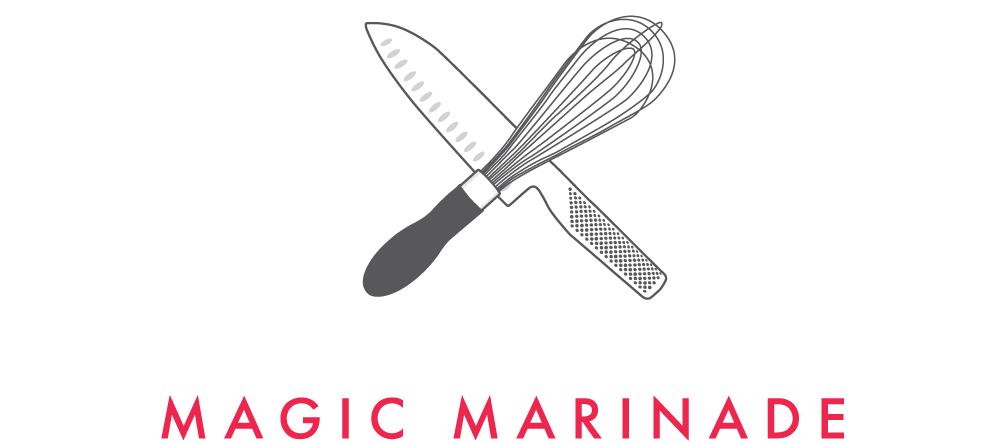
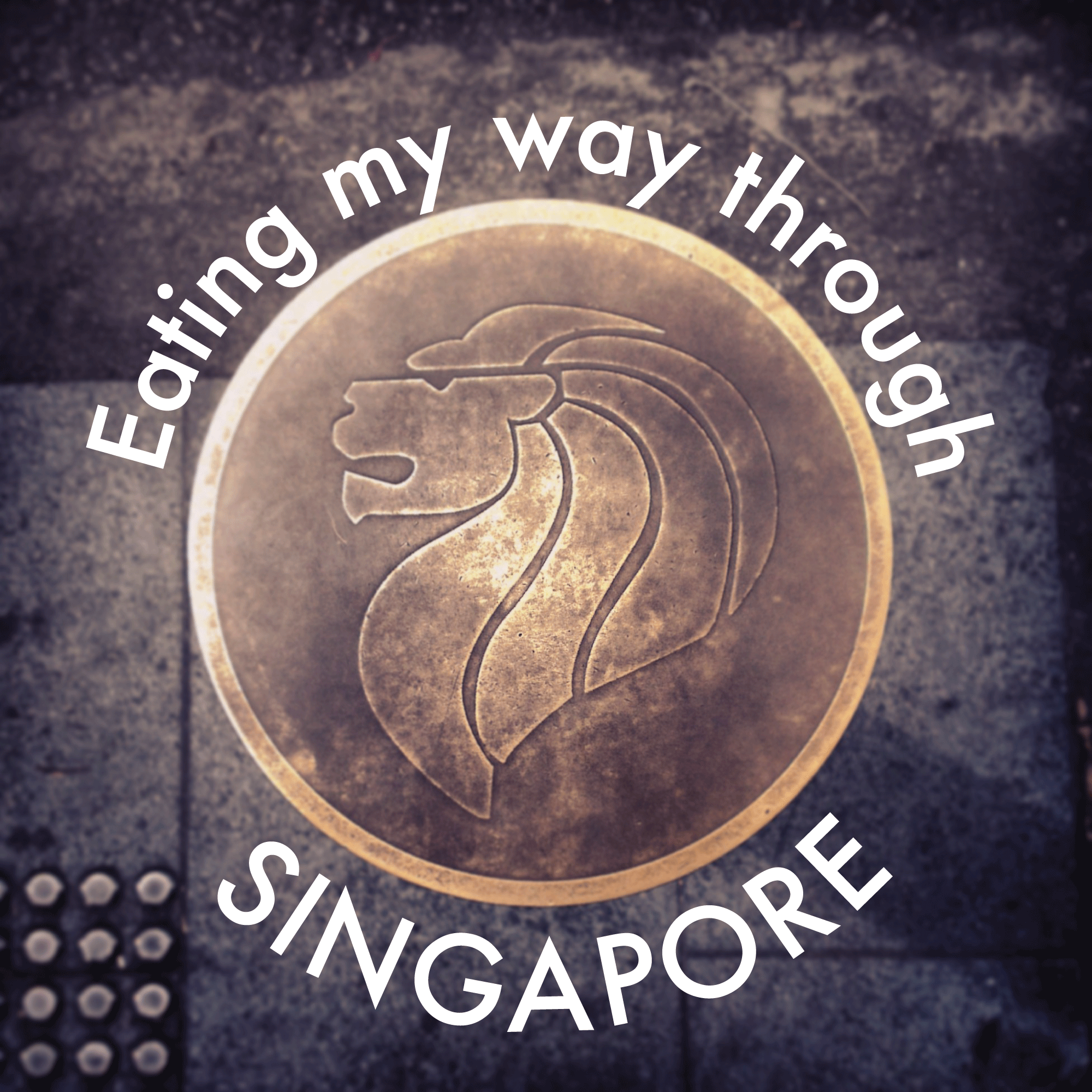

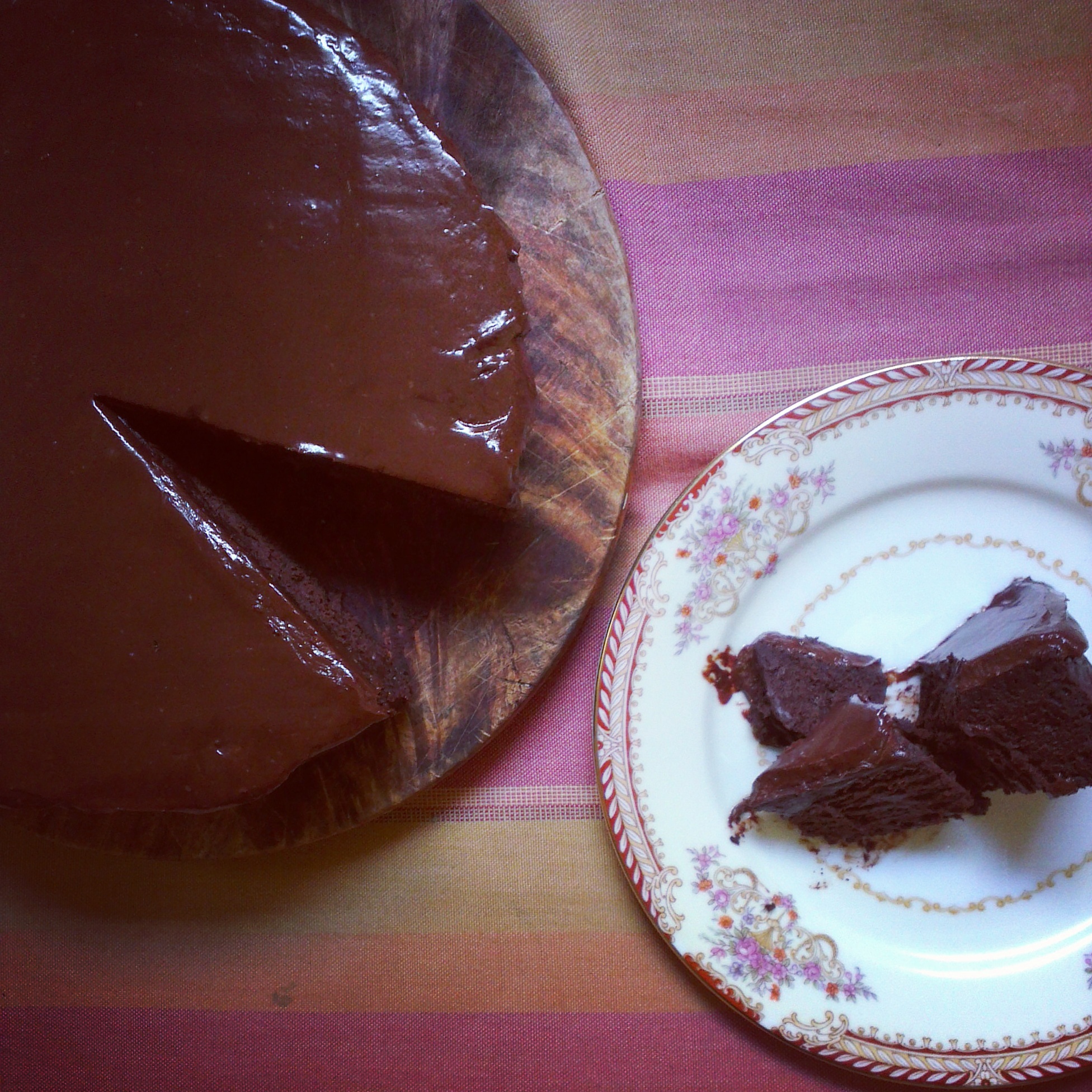
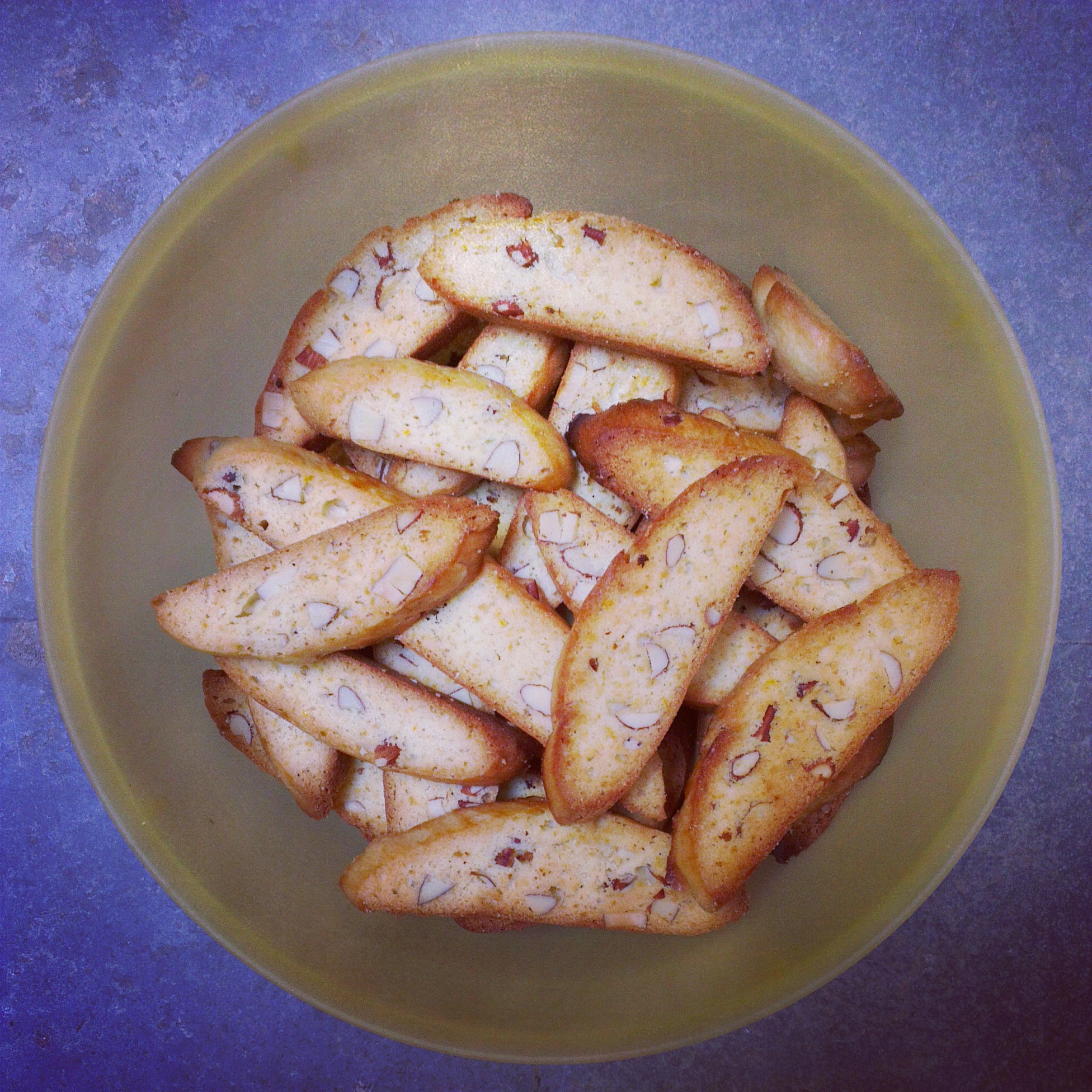
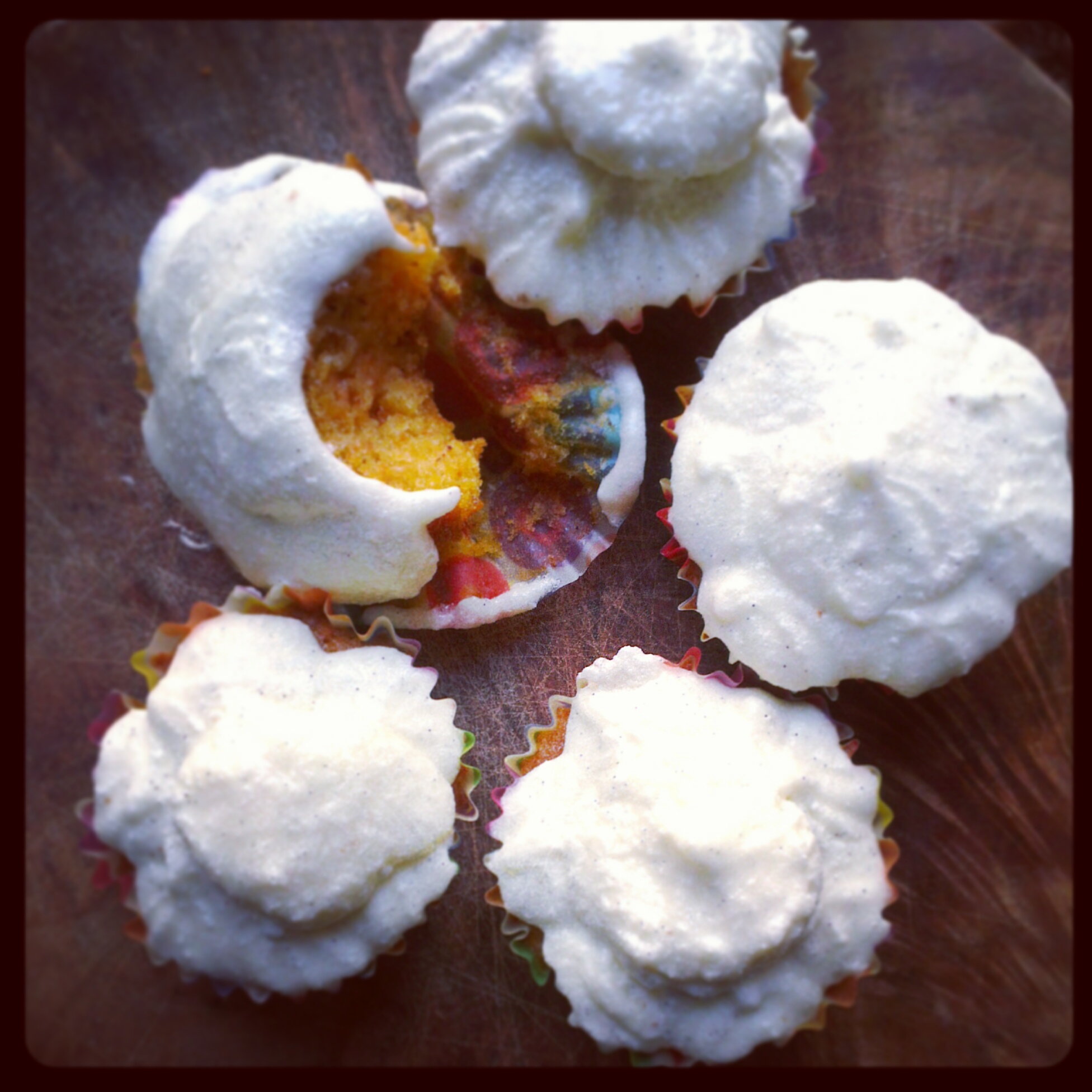


Happy Birthday Anand!
This food blog looks more and more tempting as the days go by!
Is there anything vegetarian at all in Singapore?
Haha thank you! So many vegetarian things actually. There’s a vegetarian option to almost every preparation. Unlike India though, vegetarian things aren’t much cheaper than the other options.
Very nice website. And a great write-up about food in Singapore; I hope I’ll get a chance to visit again and try some of these too 🙂
This is really good.. it makes me want to visit Singapore just to eat all these delicacies… And if I do happen to visit, your post is going to be my guideline to food in Singapore 🙂
The East Asian-ness of all the food you presented is very apparent. And one thing nice about Singapore, it is small but culturally mixed so you easily get a taste of different culinary traditions. I wonder if you tried Indian food in SG. And if they taste anywhere close to the original dish in India.
Hey Anna,
I’m trying to think back to whether I did; I think the closest was a curry served with a paratha (which was called a parotta or something similar there). It was yum, and close to the Indian variety. Coincidentally, I had one of those for dinner today, and the paratha was super flaky and perfect.